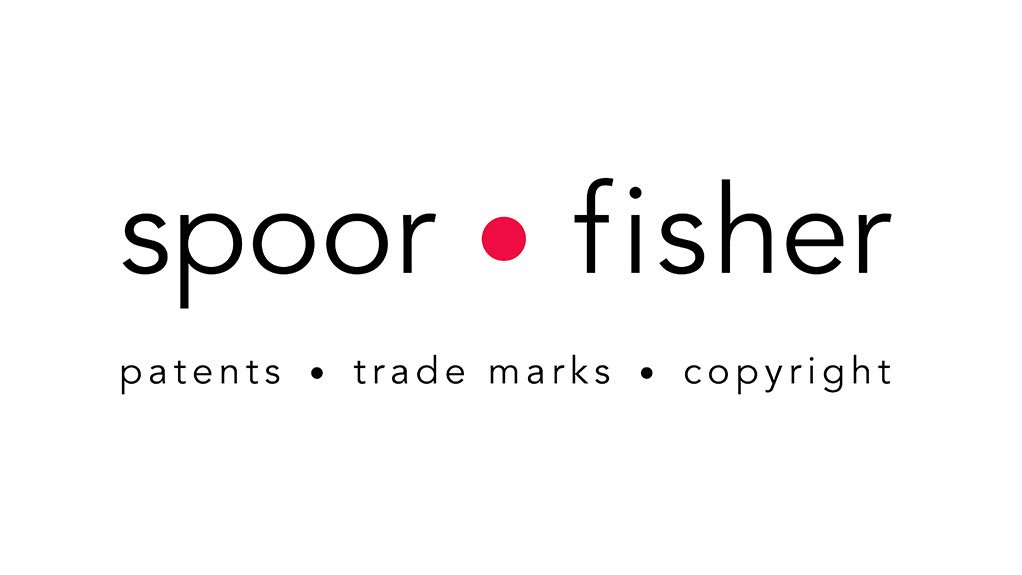Intellectual property (IP) is not an end in itself. Nobody ever needed IP to make, market or sell a product or service and, in fact, many businesses compete in the market on the basis of price, service and quality without ever registering or enforcing any intellectual property right.
That being said, there are significant benefits to be gained from having an IP portfolio, even during early start-up years. It’s no wonder then that venture capitalists (VC’s) will seek to understand not only what IP your business has, but also if you know how to use it. A well-managed IP portfolio will likely add value to your business case and increase your prospects of obtaining VC funding.
To understand the importance of IP and how it can benefit your business, you must first understand these unassailable truths:
1. Copying is not necessarily unlawful, but it is unlawful to infringe the intellectual property right of another person or to compete unlawfully with them. Also, you can’t own “a technology”, but it is possible to own intellectual property rights associated with that technology. The owner of those IP rights is entitled to prevent others from performing certain acts in relation to that technology.
2. Different commercial mechanisms and strategies are better suited to different types of IP.
Lawful and Unlawful Copying
When it comes to copying, there is a fine line between lawful and unlawful competition.
In the first place, the South African Copyright Act provides a ‘reverse engineering” exception or exemption from copyright infringement, if: (i) 3D articles according to an artistic work are already available to the public; (ii) the articles primarily have a utilitarian purpose; and (iii) the articles are made by an industrial process. A competitor will not infringe the copyright in that article by measuring that article up and making its own identical 3D articles for use or sale.
So for example, if you sell a clever widget or software-implemented subscription service, which is easily reverse engineered or independently redeveloped once it enters the market, it may not be possible to prevent a competitor from making and selling the same widget or offering the same service under a different trade mark. In these instances, if you are first to market, you may benefit from registered patent or design protection. You should also use a distinctive trade mark to market and distribute your product. That trade mark becomes your brand promise, it offers a means of communicating directly with customers on both an emotional and functional level. Although it may only be one or two words, your trade mark will create an expectation for your product in the minds of your customers against which all competition will be compared.
Matching Commercial Mechanisms with IP Portfolio
Before investing in your business, a venture capitalist will want to see that your IP portfolio supports your commercial strategy. For example:
- If you plan to make your fortune as a passive licensor, you must have a protectable interest. If a licensee would lawfully be entitled to copy your product in the absence of the licence, then you don’t have licensable subject matter. If licensing is your strategy, you must have IP that would be infringed in the absence of the licence.
- It is possible to grant licenses under copyright and know-how but these forms of IP don’t prevent independent redevelopment, so it might not be long before a licensee investigates the alternative of independently redeveloping source code, materials or information which he needs instead of paying a licence fee to use yours. If copyright works and know-how are not constantly evolved by the licensor, they are often useful to a licensee only as a ‘leg-up’ – they will enable him to get to market more quickly and more cheaply – but will not provide long-term licensing security.
- If your business provides a service then your expansion plans might involve franchising. Is your trade mark so well known and your business get-up so appealing, that a franchisee would want to use them to attract trade? Are your business processes so evolved, documented and repeatable that you could teach someone else to do the same thing?
- If you sell a commodity product (like a toy, foodstuffs or sports equipment) your trade mark may be your biggest asset. Is it distinctive? Does your business plan allocate investment into brand building?
- If your business is to licence software for ongoing licence royalties, are you sure that the open source that you used in the development doesn’t oblige you to publish your modified code?
Even though the value of intellectual property rights (IPRs) is hard to quantify, a study recently published by the European Patent Office showed that there is a positive link between IPR ownership and economic performance, with revenue per employee being 55% higher for IPR owners than for non-owners. The analysis further showed that SME’s that own IPRs have a 68% higher revenue per employee than those that do not own IPRs at all and that SMEs which owned patents, registered designs or trade marks were more likely than other firms to achieve high growth in turnover in subsequent years.
If used and managed properly, an IP portfolio is undoubtedly valuable in creating or boosting a competitive advantage. VC’s won’t be fooled by the size of your IP portfolio – they will want to ensure that you know how to use it properly. Unlike with most other things: it’s the ‘How’, not the ‘How much’.
Written by Dina Biagio, Partner, Spoor & Fisher
EMAIL THIS ARTICLE SAVE THIS ARTICLE ARTICLE ENQUIRY
To subscribe email subscriptions@creamermedia.co.za or click here
To advertise email advertising@creamermedia.co.za or click here











